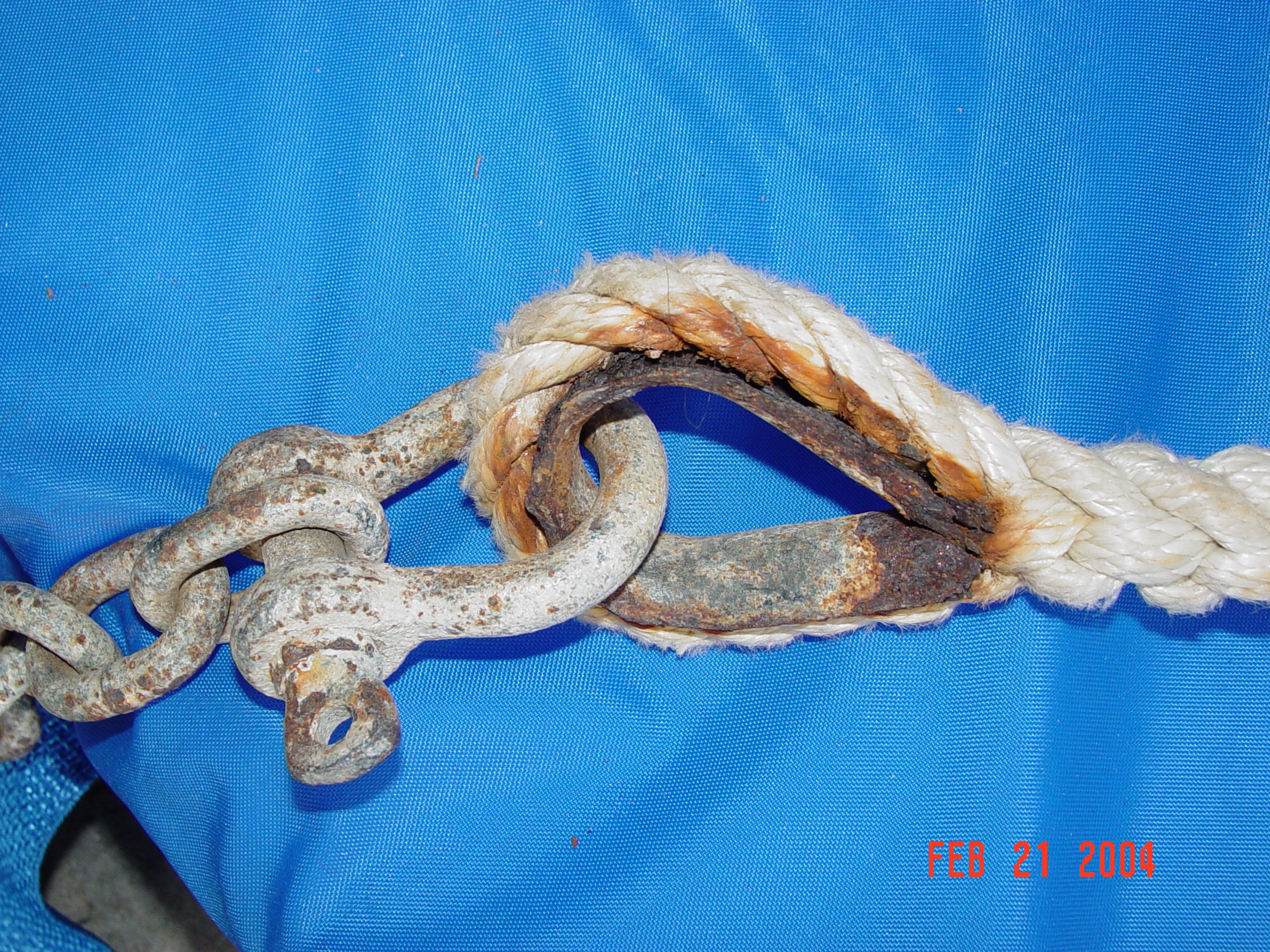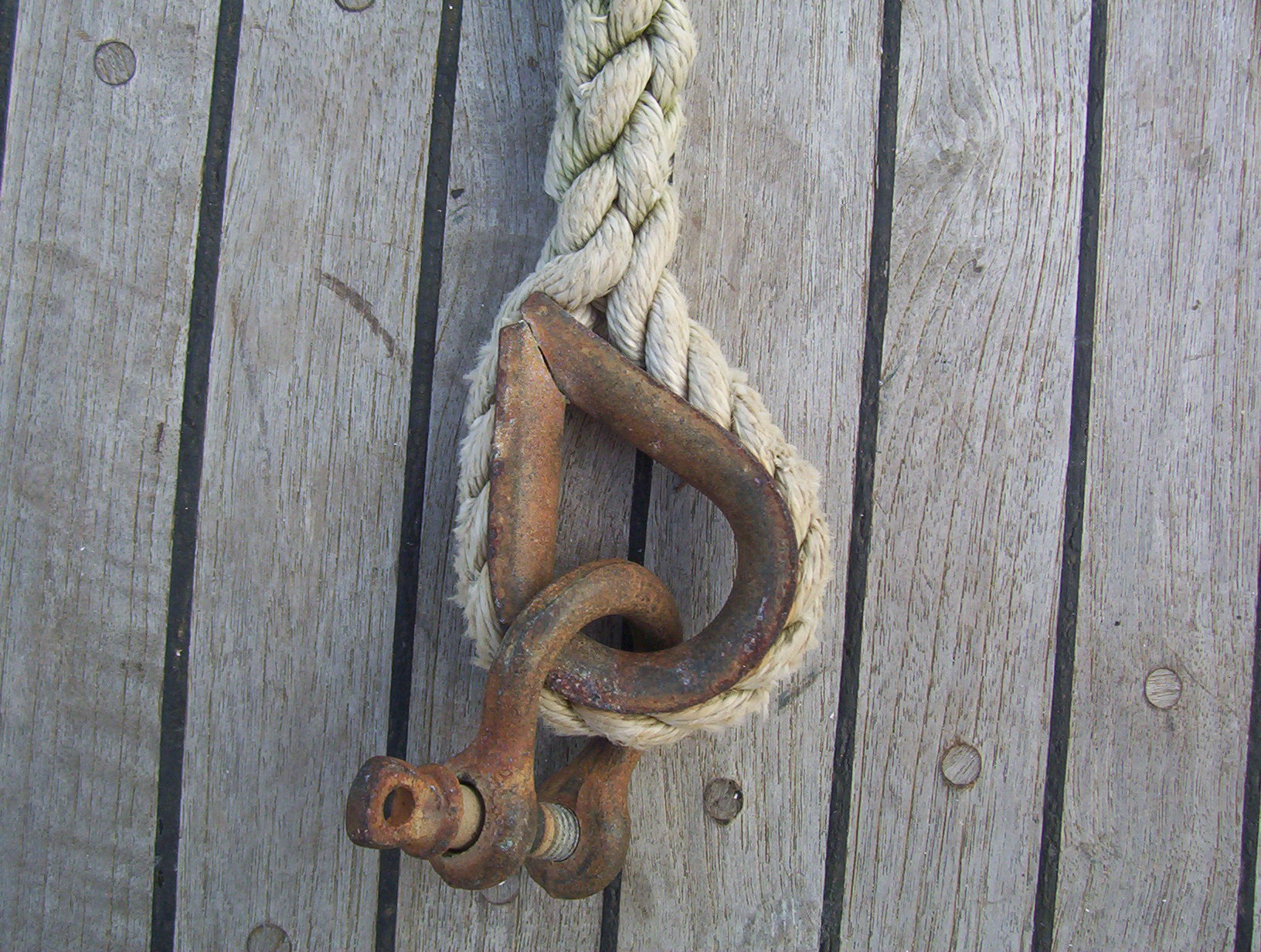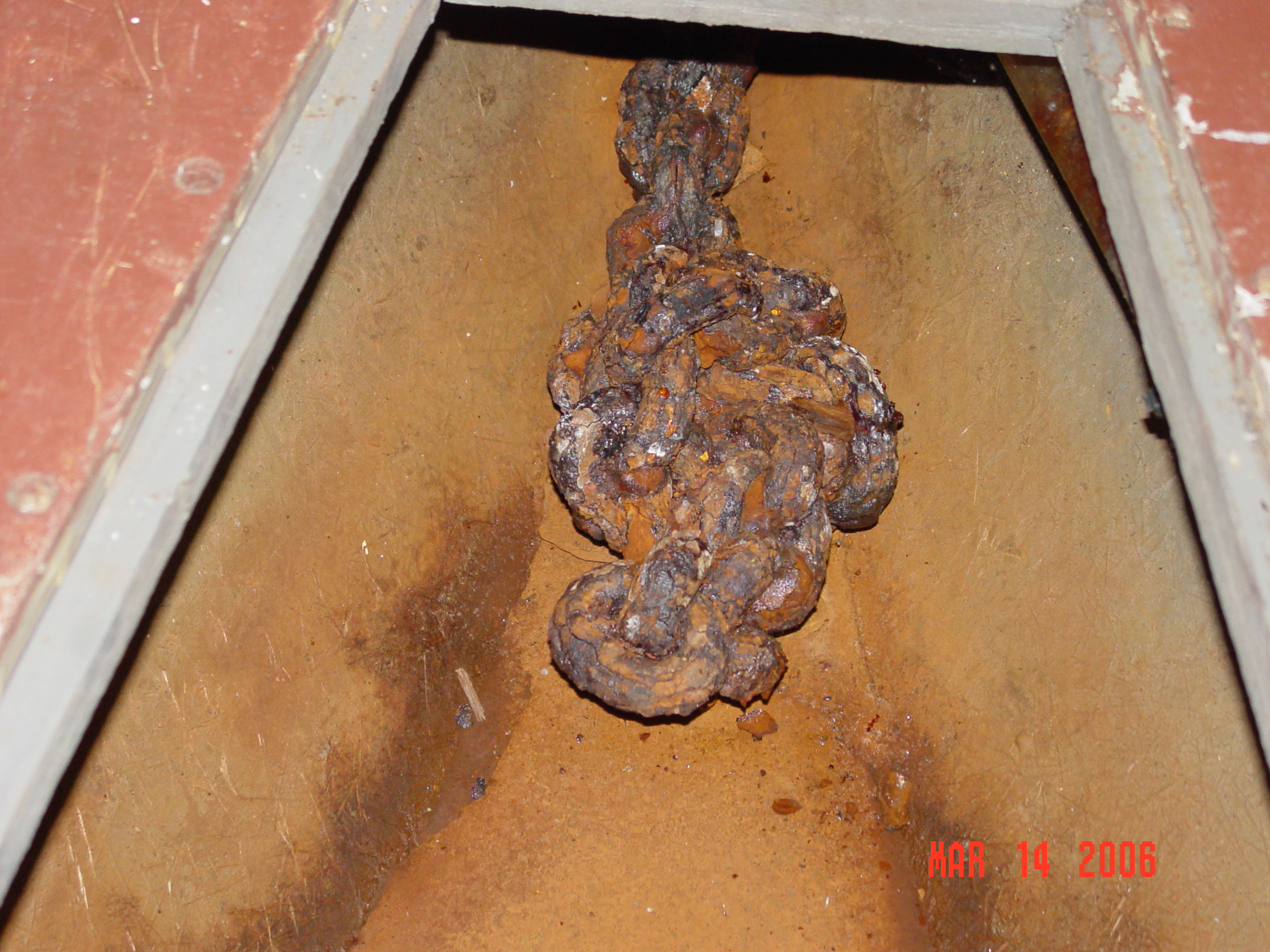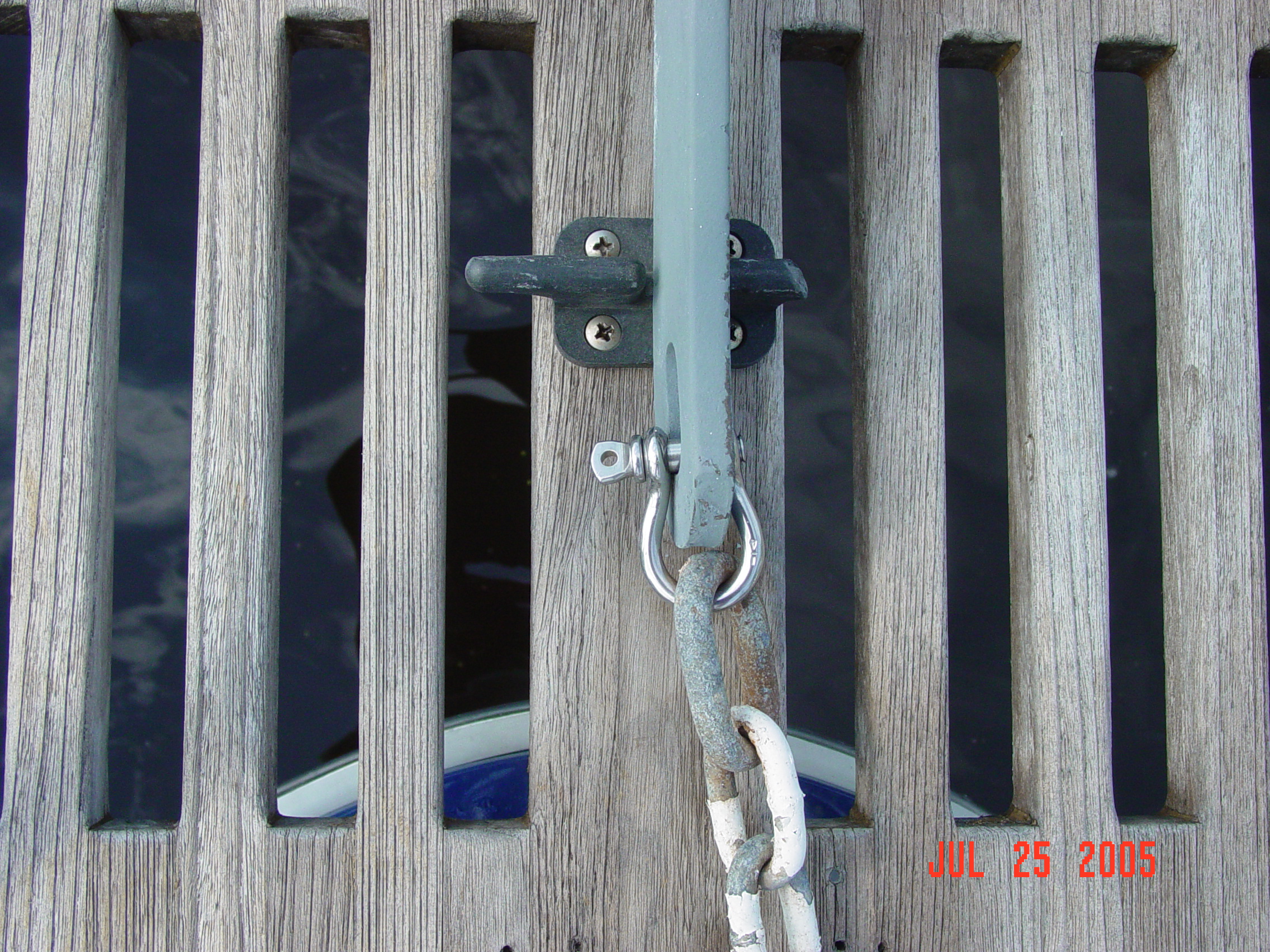Ground Tackle Inspection and Maintenance
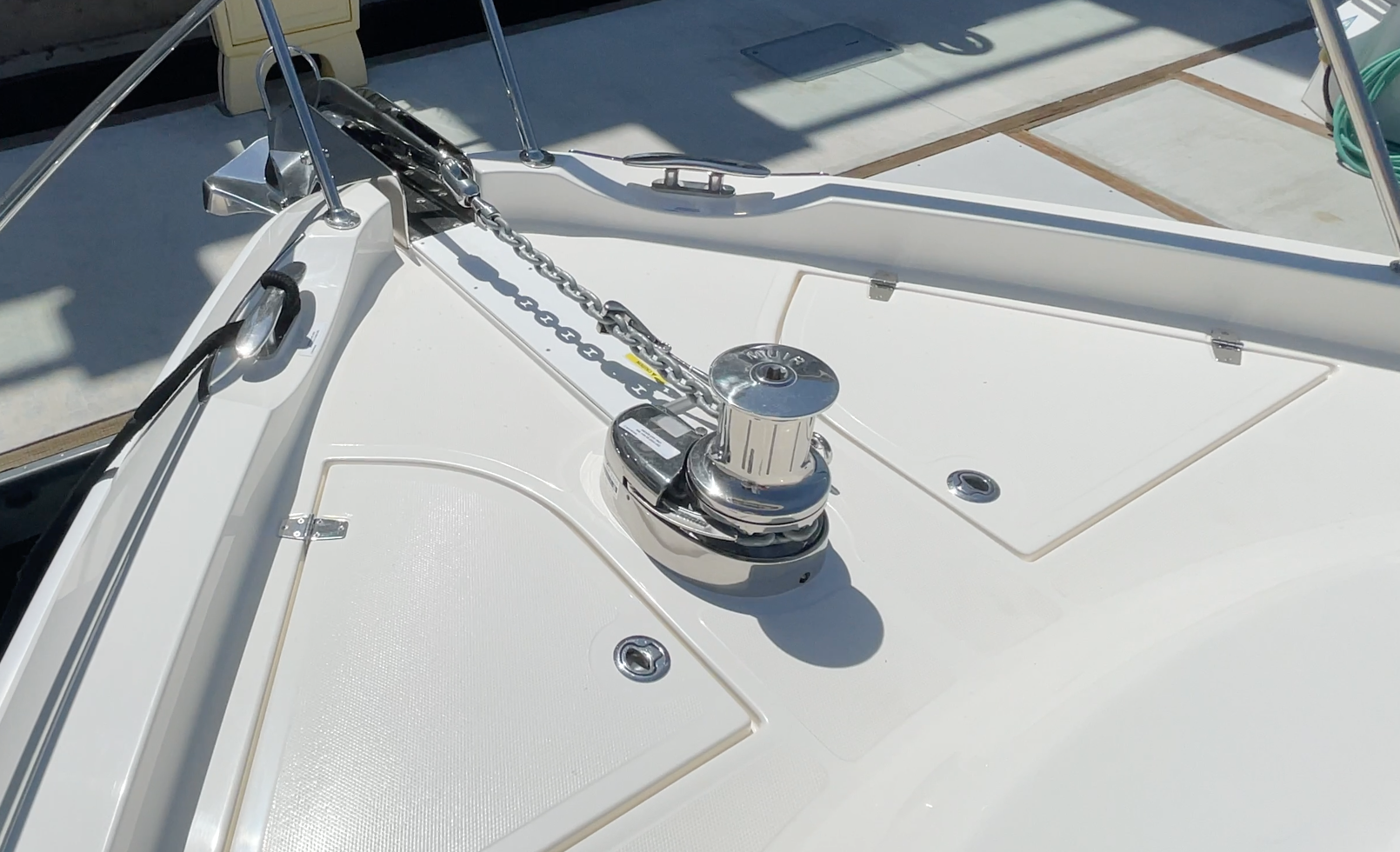
Whether an adamant stink-potter or the most vociferous of rag-bagging blow boaters, there’s one need all boats have in common: the ability to anchor safely and securely. Unfortunately, there’s also another thing way too many boats have in common; poorly maintained or unserviceable ground tackle. Whether fishing that favorite spot or hunkered down in some secure anchorage in anticipation of the big blow, being able to put on the brakes and stay put can’t be emphasized enough. Here are a few inspection and maintenance tips to help make sure ground tackle is always ready, willing and able.
An anchoring system is only as strong as its weakest component, which includes not only the rodes, but also shackles, splices, chains, windlass, mooring bitts, cleats — in short, any gear used to secure a boat while at anchor. Proper maintenance includes inspection of these, as well as pulling the rode and laying it out for thorough examination at least annually.
Thorough Inspection
Let’s start with the anchor itself — are there bent flukes, shanks, or other such damage? If galvanized, is the coating in good shape or are there areas of rust and corrosion? Another consideration is the anchor’s type and size. Is it physically large enough for the vessel and suitable for the type of bottom likely to be encountered? Most vessels carry at a minimum a primary (working) anchor and secondary anchor, which may be of a different style than the primary, to give additional options when anchoring in various bottom types.
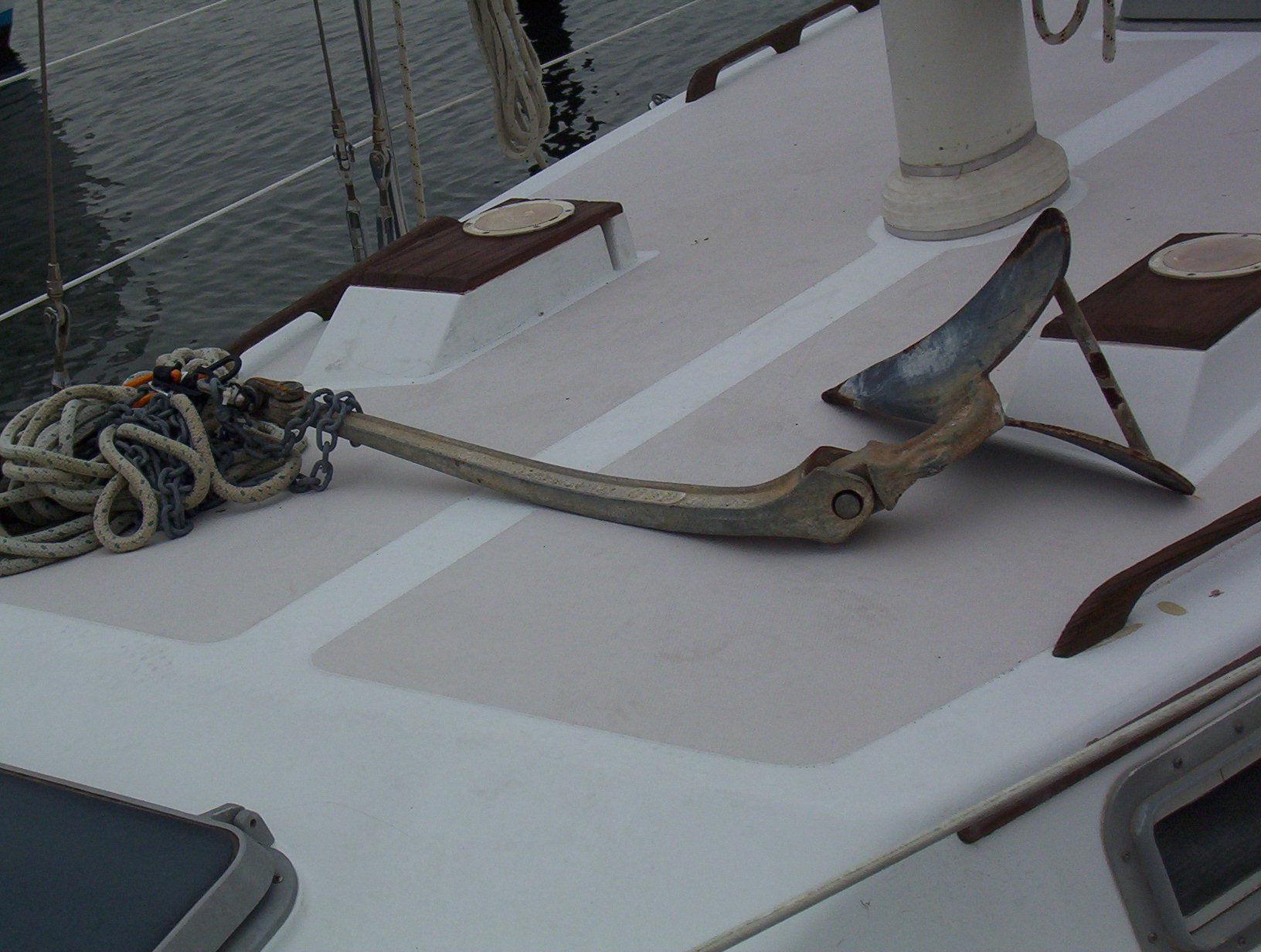
Next up is inspection of the anchor rode, which will be either all chain or a combination rode (a mix of nylon rope and chain). Although you can bend rope rode directly to an anchor, it’s not recommended. A length of chain protects against chafe and adds weight to a combination rode, which both increases horizontal pull and helps the anchor to remain set. Avoid the use of plastic or vinyl coated chain. It may be easier on deck finish, but that coating can also hide corrosion.
As for the rope portion of the rode, three stand nylon is most commonly used. It’s strong, provides more elasticity than braided line (to absorb the sudden loads and jerks of a boat bouncing around), is more easily spliced and is cheaper.
Start by inspecting the chain to anchor connection. Chain can be attached directly to your anchor using an anchor shackle, but if there’s a chance the vessel will shear or swing in circles (particularly when laying to a single anchor) then installation of an anchor swivel between anchor and chain rode to prevent twisting should be considered. Some boaters don’t like swivels, viewing them as potential weak links and it’s true that any moving part can fail under load if not properly designed and constructed. As such, if you decide to install one, buy the best quality swivel you can find.
Anchor swivels should be drop forged (not screwed, riveted, or welded together) and should be the largest size that fits the chain link without binding. Contrary to popular belief, they can also be installed backwards. Ensure the jaw fitting of the swivel is attached to the chain, not the anchor shank, and that the swivel eye is attached to the anchor shank with an anchor shackle (which is more bell shaped than a standard shackle) to prevent binding.
Combination Rodes
For combination rodes, next up is inspecting the rope to chain connection, which will be made via a rope-to-chain splice or by utilizing an eye splice and thimble (which in turn will be attached to the chain portion via an anchor shackle). Bulkier than a direct rope-to-chain splice (yet simple and reliable), eye splices should have a minimum of six full tucks and be seized at each end while the eye is under tension (to prevent the thimble from falling out as the eye stretches while under load). You’ll also want to ensure all shackles are properly sized and that all screw pins are moused (secured) with stainless steel wire (a requirement for all chain rodes as well).
The open ended “teardrop” shaped galvanized thimble commonly used in anchor eye splices may be adequate for most situations, however they should not be used in your storm anchor rodes if possible. Under extreme loading the thimble may work, allowing the sharp edges of the open end to chafe the rode. A much better choice is an oval or closed ear thimble.

Check rope rodes for wear, cut strands, aging, discoloration and hard spots (due to heat generated friction caused by placing a kinked line under load). Chafe is the worst enemy of an rope rode, so in addition to inspecting the rode itself, check any item that touches the rode (hawseholes, chocks, cleats, windlass drums) for burrs, sharp edges, protruding hardware, or anything else that can cause rode damage.
Synthetic rope fibers have pretty good resistance to chemicals, however, avoid exposure to harsh chemicals such as acids and alkalis. The same is true of sunlight (all fibers degrade due to UV light overtime) meaning rope rodes stored on deck should be covered, or better yet stored below decks.
Inspecting and Maintaining Chain Rodes
While chain may be tougher than rope, it’s not maintenance free. Start by storing your chain clean and keeping it as dry as possible, which both reduces corrosion and helps keep the smell of Davy Jones out of your anchor locker. Giving both chain and locker an occasional freshwater wash down helps too, as well as ensuring the locker itself drains properly.
Avoid exposing your chain to preventable chafe, such as can occur while pulling the chain along that concrete dock while laying it out for inspection. Dragging a chain over abrasive surfaces removes the galvanized coating and eventually leads to rusting.
Chain should be swapped end for end annually to promote even wear of the galvanized coating and should be re-galvanized once rust begins to appear, but general consensus is this should be done only twice, after which the chain should be replaced. Chain manufacturers don’t recommend re-galvanizing and while this may seem a bit self-serving at first, the process of removing rust and prepping the chain does weaken it to a degree (which is where the only do it twice thing comes in).
To splice chain, the three most common methods are the riveted joining link, the double-jaw midlink, and the quick-connect link. Never try to modify chain length by using bolts or spikes to join links.
The riveted link is a permanent splice that looks and functions like any other link in the chain, if sized and installed properly. The double jaw midlink is roughly the same size of a normal link as well, but unlike the riveted link is removable and can be used for both temporary and permanent splices. The quick connect link should be viewed only as a temporary splice. They’re also a bit harder for your windlass to digest, as they’re roughly 60% larger than the other links of the chain they’re sized for.
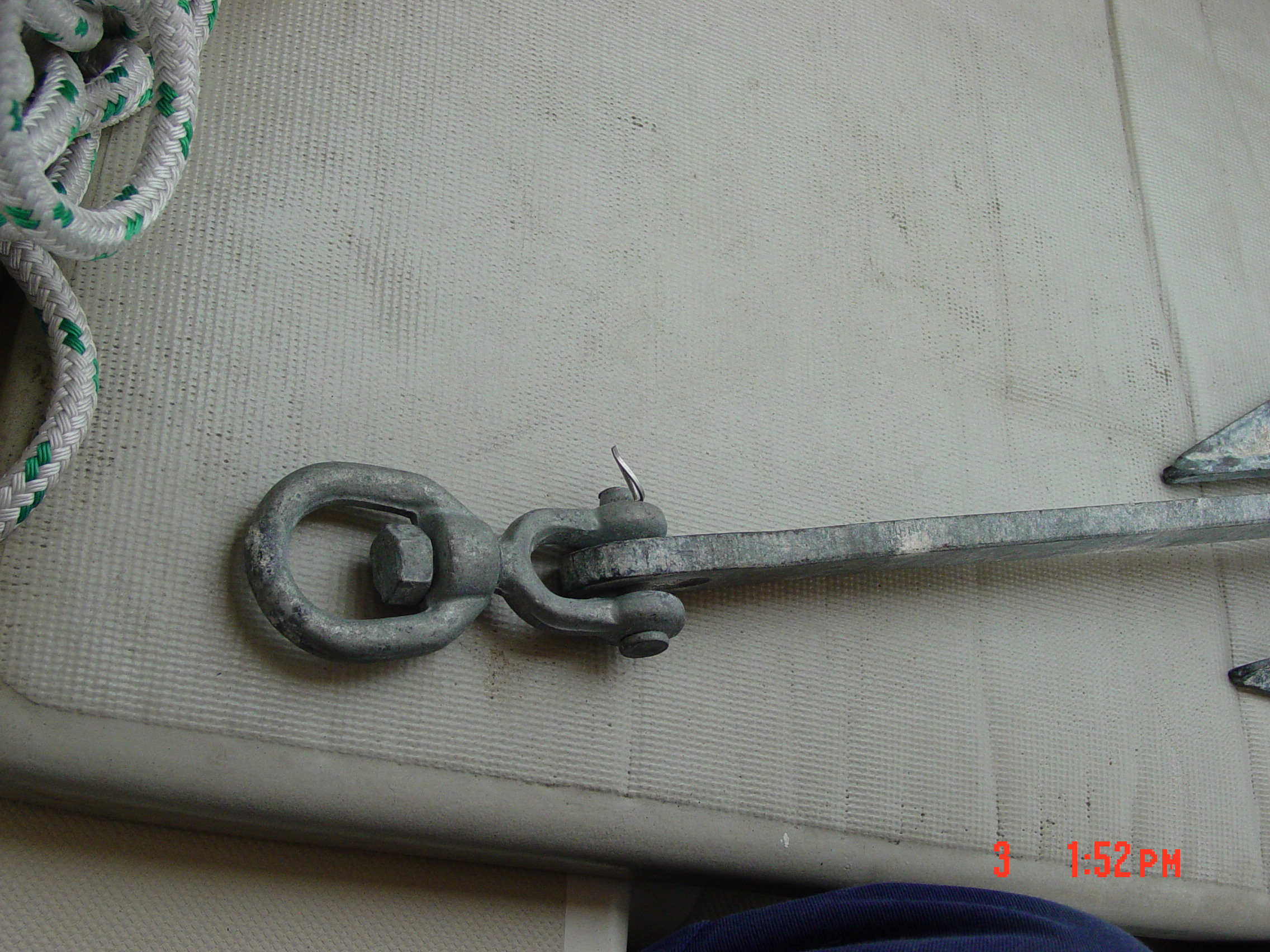
Chain shackles are another option used to join shots or lengths of chain. True chain shackles are U-shaped (allowing them to act more like a chain link), as opposed to anchor shackles, which are more “C” shaped to provide greater freedom of movement when joining rope eye splices to chain.
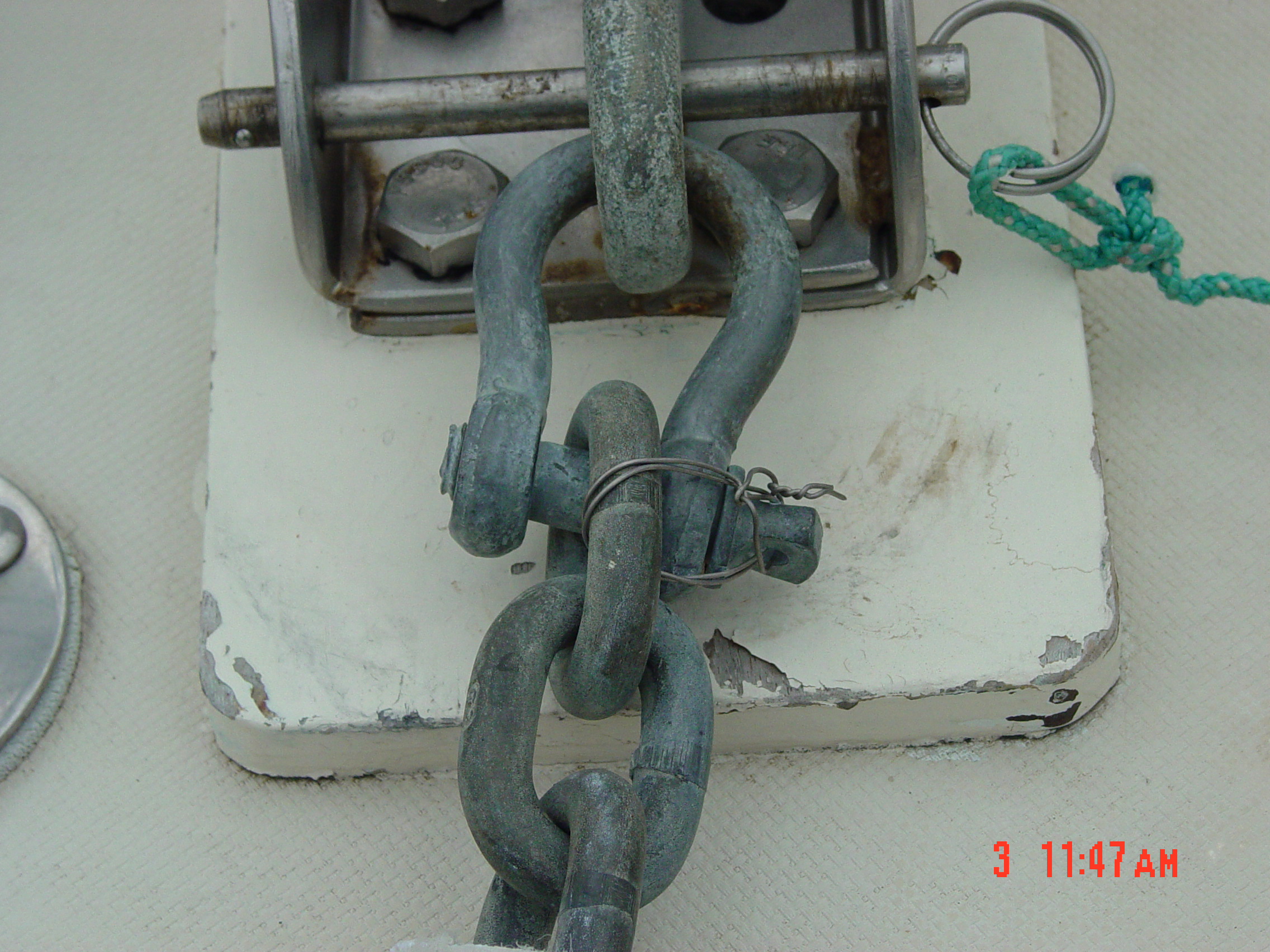
As mentioned earlier, chain rodes should be pulled and inspected at least annually (depending on use) but particularly after exposure to severe loading. Loading on a chain rode isn’t very high under normal conditions, however damage can occur when the chain is wrapped around an object (rock, wreck, etc) and placed under tension.
If a chain slips or jumps out of the windlass wildcat (chain wheel) more than it typically has in the past, it could be a sign some of the links have been damaged and the chain may need replacing.
Finally, don’t forget that all chain rodes require the use of an elastic bridle or nylon snubber, both to act as a shock absorber between anchor rode and vessel and to remove anchoring loads from the windlass.
By Capt. Frank Lanier
Captain Frank Lanier is a SAMS® Accredited Marine Surveyor with over 40 years of experience in the marine and diving industry. He’s also an author, public speaker, and multiple award-winning journalist with articles on seamanship, marine electronics, vessel maintenance and consumer reports. He can be reached via his website at www.captfklanier.com.
